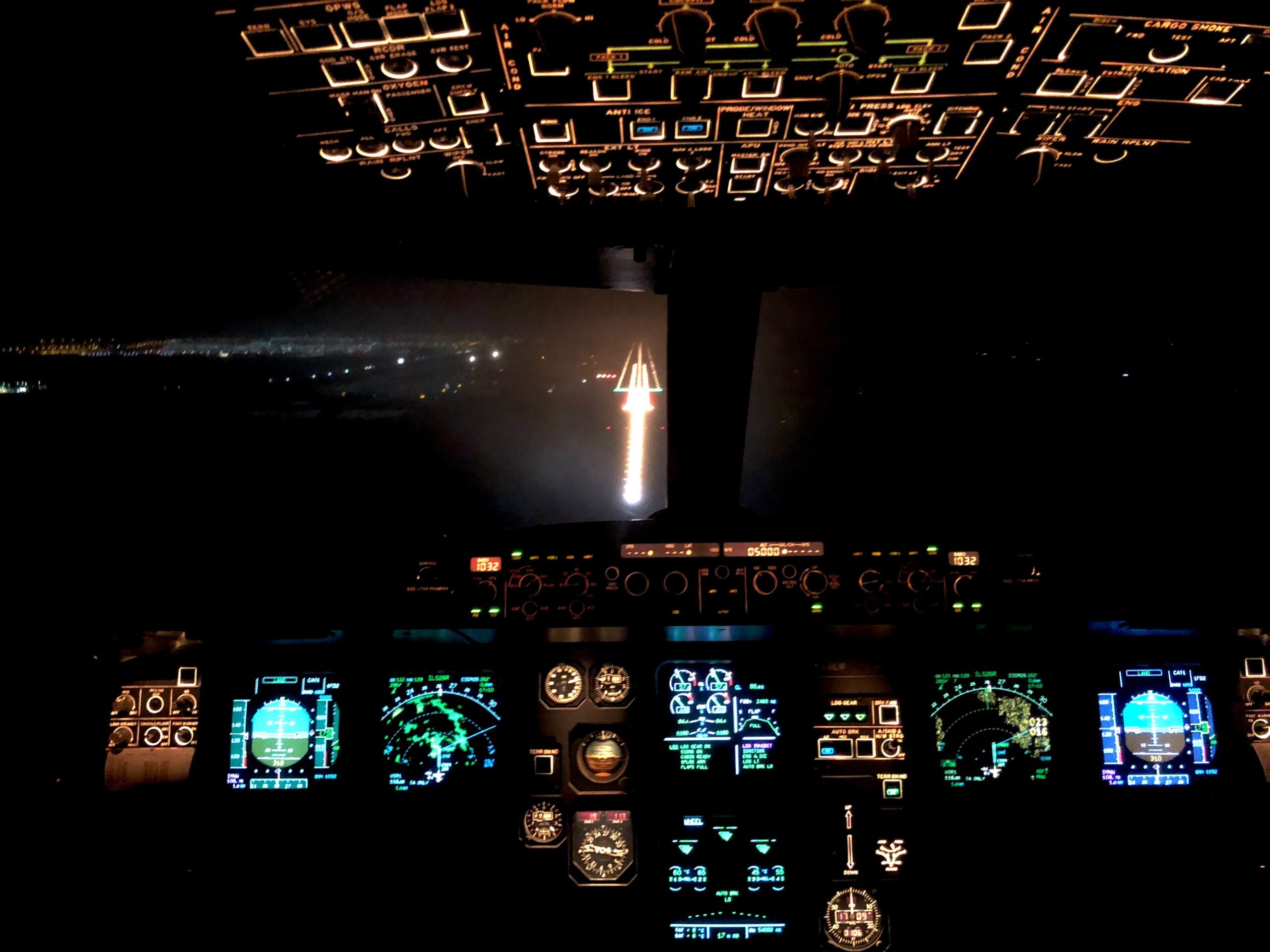Airline industry study warns of massive impacts if FAA’s 5G directive takes effect
An FAA directive that would ban low-visibility flight operations in the vicinity of certain 5G towers would have impacted 32 million passengers had it been in effect in 2019, a new industry study concludes.
The study, conducted by Airlines for America (A4A), the industry's lobbying group, also found that 345,000 passenger flights and 5,400 cargo flights would have been impacted in 2019 by either flight delays, flight diversions or cancelations.
All told, A4A forecasts an annual impact cost to passengers of approximately $1.59 billion.
Want more airline-specific news? Sign up for TPG's free new biweekly Aviation newsletter!
The FAA's order, known as an airworthiness directive, is based on a study conducted last year that found that a new spectrum of 5G that will soon be used by AT&T and Verizon is interfering with a type of altimeter on aircraft known as a radio (or radar) altimeter.
Pilots use radio altimeters from the ground up to a few thousand feet. The instrument is crucially important during periods of low visibility at airports, when pilots use height data derived from the radio altimeter to determine if it is safe to continue a low-visibility approach. Airplanes can also land themselves — known as an autoland — which also requires functioning radio altimeter data.

The FAA's airworthiness directive — which would take effect on Jan. 5, when Verizon and AT&T plan to flip the switch on the new spectrum — would require airports to put out a notice to aviators when one of these types of 5G towers is active. That notice would ban low visibility approaches to the airport due to the unreliability of radio altimeter data.
More: What you need to know about 5G interfering with aircraft
A coalition of stakeholders including A4A, the Air Line Pilots Association (the country's largest pilot union) and general aviation groups such as the Aircraft Owners and Pilots Association and the National Business Aviation Association are sounding the alarm.
"Time is running out before millions of air travelers and the shipping public experience significant disruptions such as flight delays, flight cancelations and backups to the already-stressed supply chain," the coalition said in a statement on Tuesday.
The coalition on Dec. 6 proposed some mitigation measures, including reducing the power of 5G in certain circumstances and in certain areas that would be critical for flight operations.
